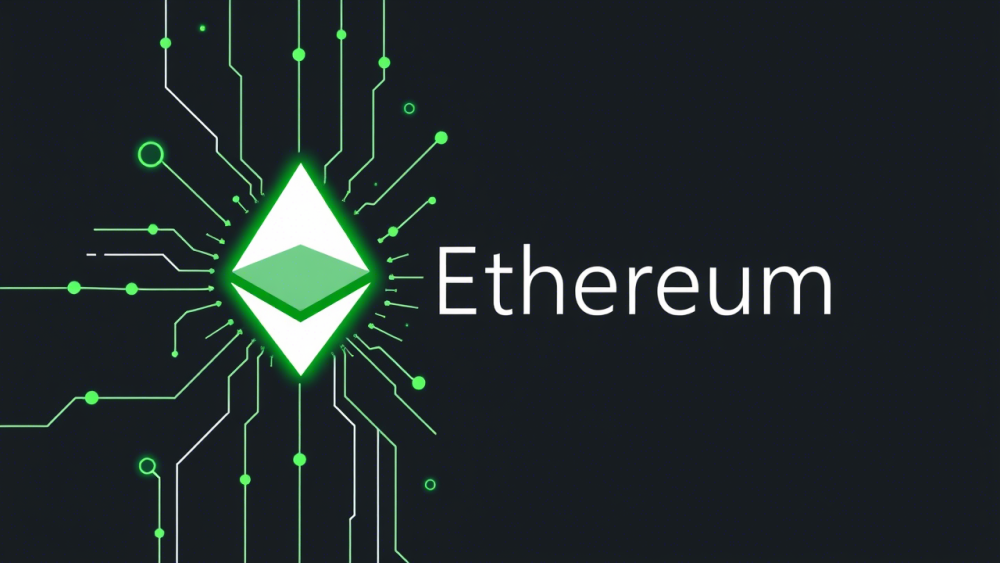A quiet Layer‑1 as activity migrates to Layer‑2
Since the March 2024 Dencun upgrade, rollups such as Base, Arbitrum and OP Mainnet have siphoned the bulk of user traffic away from the base chain. Over the last 30 days, Base alone processed more than 109 million transactions versus Ethereum’s 33 million, a 3‑to‑1 gap that simply did not exist two years ago.
Shrinking retail appetite and lower market turnover
Spot and derivatives volumes on centralized exchanges have slid for three consecutive months and are now back at late‑2023 levels. March 2025 spot volumes fell 14 % to $1.98 trillion, while derivatives dipped 2.6 % to $4.81 trillion, reflecting a broad cooldown in speculative activity.
Dencun’s hidden “block‑space dividend”
Alongside the much‑publicized proto‑danksharding blobs for rollups, Dencun quietly bumped the effective gas limit by optimizing call data costs. That soft expansion, plus periodic calls from Vitalik Buterin to raise the nominal limit 30–40 %, means each block can carry more transactions even when demand rebounds.
The Numbers: How Cheap Is ETH Gas Today?
- Average gas price: 0.37–0.40 gwei on 17 Apr 2025, the lowest reading since mid‑2019.
- Median gas price: 1.9 gwei at the August 2024 trough, a 98 % drop from the March 2024 spike.
- 7‑day moving‑average (USD) fee: $0.77 on 15 Feb 2025, a 70 % week‑over‑week collapse that pushed dollar fees to a four‑year low.
- Daily layer‑1 transactions: Down roughly 35 % from January 2024’s record 1.96 million to ~1.25 million, easing pressure on block space.
- ETH burned per day: Near zero on several recent days as the base fee hovers at fractions of a gwei, tilting net issuance positive.
Under the Hood: Technical Drivers of the Fee Reduction
EIP‑1559 keeps the base fee low during lulls
Since London (2021), Ethereum sets a dynamic base fee that rises when blocks are full and falls when they are empty. Sustained low utilization means the algorithm keeps trimming the base fee block after block, ratcheting gas toward its theoretical minimum.
Proto‑danksharding (EIP‑4844) and “blobs”
Blobs move bulky rollup calldata into a cheaper, ephemeral format stored on consensus instead of execution. Early data show rollup fees down 75–90 % on chains like zkSync and Base, removing demand from L1 and indirectly compressing L1 gas.
Growing gas limits
Core developers continue to debate incremental gas‑limit lifts (Buterin’s 33 % suggestion would raise the ceiling to ~40 million gas per block). Even without a formal vote, client teams have already tuned parameters that let blocks carry more computation today than a year ago.
What Falling Fees Mean for Users
- Everyday transfers: Moving ETH or ERC‑20 tokens currently costs pennies, restoring Ethereum’s original “cheap programmable money” narrative.
- DeFi operations: Yield farmers can rebalance more frequently; DEX aggregators can route complex multi‑hop trades without price‑impacting fees.
- NFT minting: Creators can launch collections with far lower upfront costs, reigniting experimentation with micro‑royalties and dynamic NFTs.
- Account abstraction: Low base fees make smart‑account gas sponsorship viable, accelerating the shift toward web‑2‑style UX for crypto wallets.
- Implications for Investors and Validators
ETH supply turns inflationary (for now)
With base fees near zero, the EIP‑1559 burn mechanism hardly removes ETH. Over the past week, supply grew by roughly 13,400 ETH, reversing the “ultra‑sound money” trend and sparking debate about Ethereum’s monetary policy.
Staking yields compress
Validator rewards rely on priority fees and MEV tips, both of which shrink when gas is cheap. Gnosis co‑founder Martin Köppelmann warns that at least 23.9 gwei is needed to offset issuance and keep yields attractive; at today’s sub‑1 gwei levels, real‑yield turns negative.
Valuation rethink
Lower transaction revenues can pressure price‑to‑sales metrics, but history shows that rock‑bottom gas often coincides with price bottoms and sets the stage for the next adoption cycle, according to Bitget and CoinDesk analysts.
Broader Market Context
The fee slump tracks a wider down‑shift in crypto engagement: daily global trading volume has fallen 63 % since early February 2025, and assets under management in digital‑asset ETPs have slipped to their lowest since November 2024. A quieter speculative environment means fewer arbitrage bots, tax‑loss harvesters and meme‑coin minters—all prime gas guzzlers in 2021–22.
Will the Discount Era Last?
Short term, fees are likely to stay depressed as macro uncertainties dampen risk appetite and rollups continue to absorb retail traffic. Medium term, the upcoming Pectra upgrade will extend account abstraction and further streamline layer‑2 data posting—both fee‑friendly features. Long term, however, every lull in Ethereum history has eventually given way to new demand waves (DeFi Summer 2020, NFT Mania 2021, inscription craze 2023). If another killer application emerges—or if a bull market returns—base‑layer congestion could resurface despite scaling gains.
Key Takeaways for Vaultody Readers
- Ethereum fees are at a five‑year low thanks to lighter L1 demand, explosive rollup growth and recent protocol upgrades.
- Users benefit immediately from sub‑penny transfers and cheaper DeFi, while validators face thinner yields and a temporarily inflationary ETH supply.
- Strategic positioning: Low fees create a window for on‑chain rebalancing, NFT experimentation and testing new dApps before the next activity spike.
- Watch the catalysts: Macro liquidity, forthcoming Pectra enhancements and the pace of layer‑2 adoption will determine how long the gas holiday lasts.
Conclusion
Ethereum’s 2025 fee slump is a double‑edged sword: it delivers on the promise of affordable, open computation but challenges the network’s burn‑based “sound money” ethos and validator economics. For now, users can enjoy rock‑bottom costs, developers can iterate faster and investors can recalibrate models around a more elastic fee market. Whether this calm becomes the new normal or merely the eye of the next storm will hinge on the community’s appetite to innovate - and the market’s appetite to transact once more.









 Copy link
Copy link